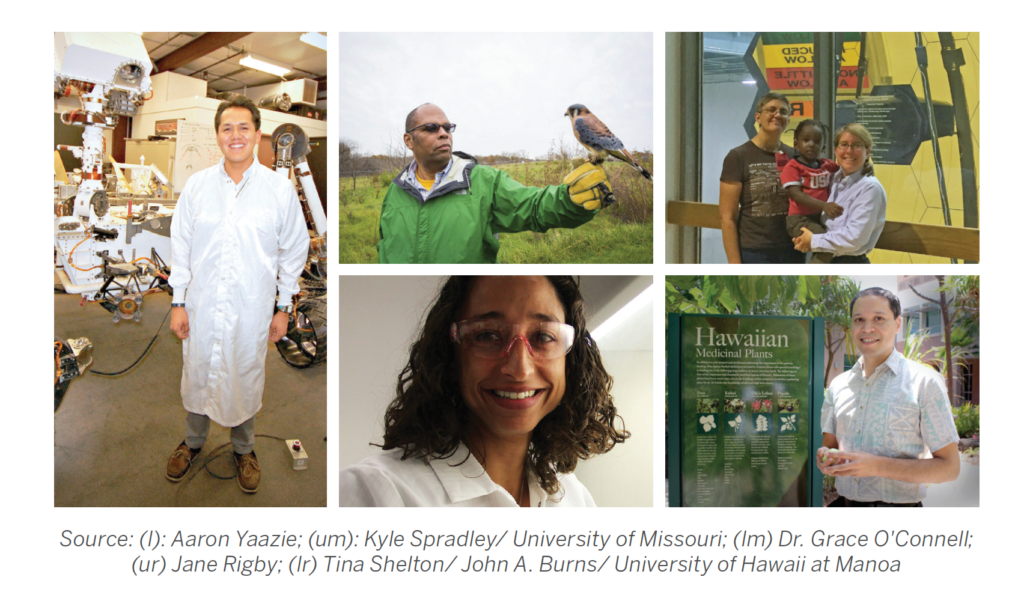Culturally and linguistically responsive teaching
Culturally and linguistically responsive teaching (CLRT) principles emphasize validating and valuing students’ cultural and linguistic heritage and creating positive and nurturing learning environments so that learning is more effective. Amplify Science’s engaging projects, hands-on and interactive experiences, collaborative learning experiences, and frequent student-to-student discussions provide opportunities for all voices to be included. Students are encouraged to express themselves using the language in which they are most comfortable, while also adding science disciplinary language to their language repertoires. For example, during student-to-student discussions, teachers are encouraged to allow students to discuss their ideas frequently with a peer, as it simultaneously enables them to focus on learning science concepts and learn from their peers. Teachers are also encouraged to invite students to share ideas in their primary languages (if they wish) during discussions, which is validating for students and promotes extended science talk.
In addition to inclusive class and group work, throughout the program, students encounter ethnically diverse people in Amplify Science’s books, articles, and other learning materials, and are inspired by scientists and engineers from a variety of ethnic and cultural backgrounds who represent diversity with respect to gender, sexuality, and disability.
In the Metabolism (grades 6–8) unit, students meet Dr. Grace O’Connell, an African-American scientist who is working to grow new tissue for spinal discs, which could help people with back problems. The Plate Motion unit (grades 6–8) includes two documentary videos that profile a Latino paleontologist, Jeffrey A. Wilson, as he uses fossil evidence to make discoveries about Earth in the distant past. Many other examples abound throughout every unit of Amplify Science. This was important to the curriculum developers, because when students see people in top science and engineering roles who look like them or who may have had similar life experiences, they can imagine themselves in similar futures.
Amplify Science’s additive, asset-based approach to the consideration of diversity in the classroom supports culturally and linguistically diverse students in developing a positive sense of self and in being able to move flexibly between different cultural and discourse communities. While Amplify Science includes many opportunities for teachers to enact CLRT principles, every classroom and every student is different, and teachers will need to understand their students’ unique ethnic, cultural, linguistic, and experiential backgrounds in order to ensure that learning is relevant and responsive to them. The following figure can support teachers as they create a welcoming, inclusive, and culturally sustaining science and engineering classroom for all of their students.
